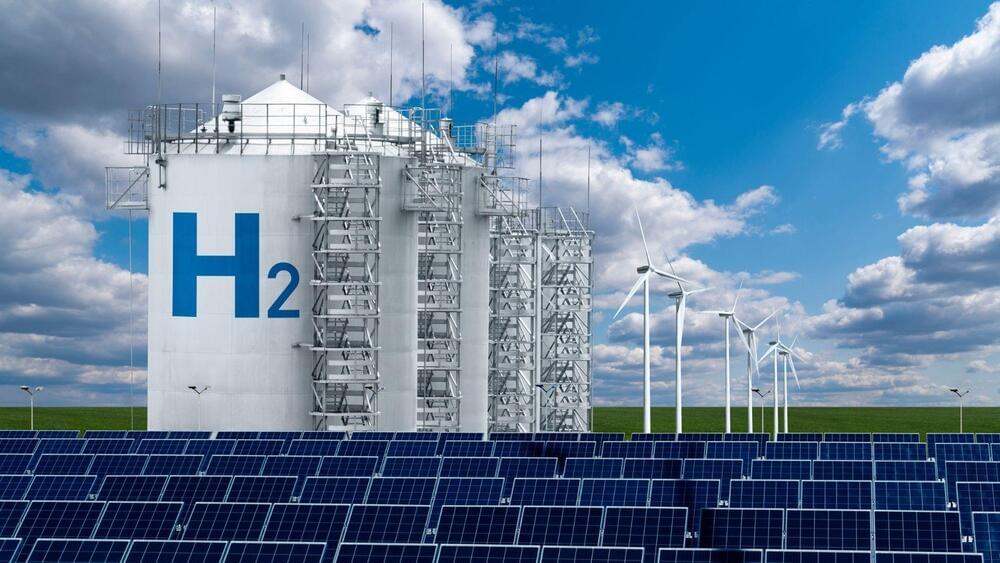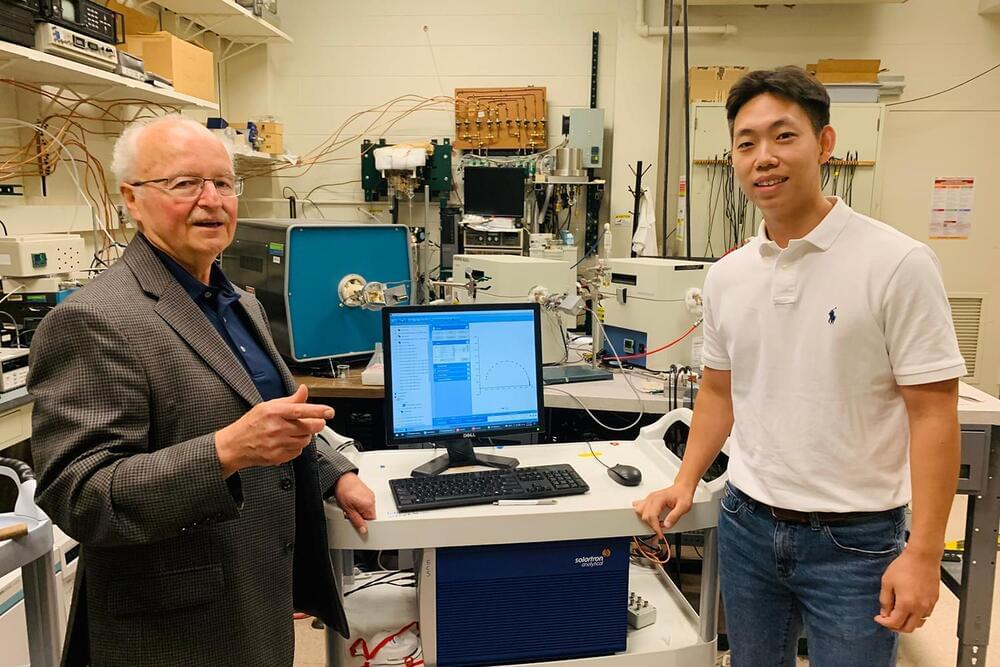Sep 6, 2022
Scientists successfully turned thin air into green hydrogen for 12 days
Posted by Gemechu Taye in categories: energy, sustainability
Scalable technology can work in relative humidity of four percent too.
An international collaboration of researchers has successfully demonstrated the production of green hydrogen directly from the air, a press release said.
Solar and wind installations are picking up steam as the world looks toward greener energy sources. Although energy is generated in an emission-free way in these methods, energy storage requires large batteries, which do not fit into the idea of sustainable living.

















